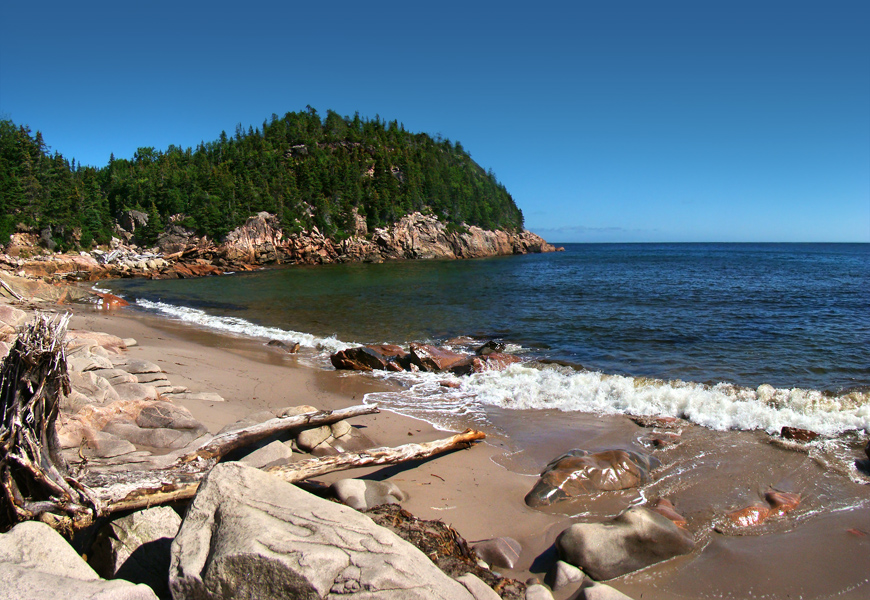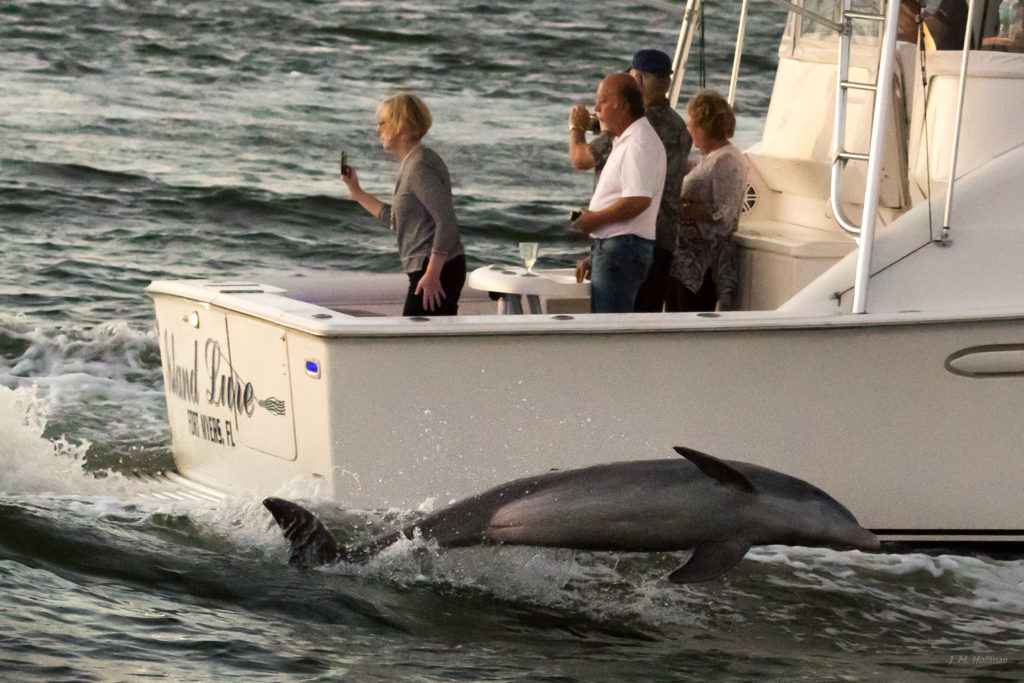There’s not a ton of buzz this week that we haven’t already posted about, so we’ll be highlighting some destination-related posts with articles about the most dangerous destinations in the world, the Scottish culture in Cape Breton, and the dolphin stampede at Dana Point.
Security Risk: The World’s Most Dangerous Destinations for 2025

I never quite know how to respond to people when they ask “did it feel safe?” in regards to some destination I’ve just returned from, because safe is an adjective but also a feeling, and feelings are fickle and subjective. I mostly tend to be on the safe-feeling end of that spectrum, but who’s to say that isn’t just naïveté, luck, privilege, or bias? That’s why it’s always nice when something can be calculated in a somewhat objective way. This post for example showcases a sort of global heat map of safety based on data from International SOS, a company that (among other things) provides emergency response services to business travelers, expats, etc. So presumably, this is based on more than just perceptions of risk (like the time I irrationally worried I’d exposed myself to a brain eating amoeba in the Philippines, despite no such risks existing in that specific location), but rather actual emergency calls. I will say, there aren’t necessarily any surprises to be found on this heat map – check it out to see if you agree.
This Island in Nova Scotia Seems More Like Scotland Than Canada

In college, I visited “The Irish Loop” in Newfoundland with my family, passing through Nova Scotia on our way. My sister and I had just completed a semester abroad in Northern Ireland, so we were able to appreciate the strong Irish influence, while also recognizing something completely unique unto itself. This article does a great job describing the same sort of cultural phenomenon going on in Cape Breton, which has a strong Scottish influence instead. In Cape Breton’s case, the island was fairly isolated from the rest of Canada until the 1950’s. As a result of that isolation, Scottish immigrants who had migrated there in droves in the late 1700’s/early 1800’s (making up most of the island’s population as a result) maintained a strong connection to their Scottish culture. For those who love learning about cultures and subcultures as they travel, this sounds like a worthy destination to add to your list. Not to mention, Eastern Canada is beautiful, and underrated in my opinion.
The Best Destination On The Entire West Coast To Catch A Breathtaking ‘Dolphin Stampede’

I love travel that’s born out of some kind of natural phenomenon. Tim is hoping to see the great wildebeest migration later this year for example. “Islands.com” has been impressing me lately with articles about some lesser-known natural phenomenon like the “dolphin stampede”. How did I never know that was a thing?? Perhaps because it’s a seemingly unpredictable and random occurrence that can be very hard (or impossible) to plan for. So while the article highlights ocean excursions off of Dana Point, California as a way to try and see this phenomenon…it’s still going to be up to the dolphins. With the greatest density of dolphins per square mile apparently in the world, it does seem like this is your best chance. (For another bonus kind of animal-migration-related travel idea, Islands.com also has this article about where and when you can see the migration of monarch butterflies in Georgia.)




